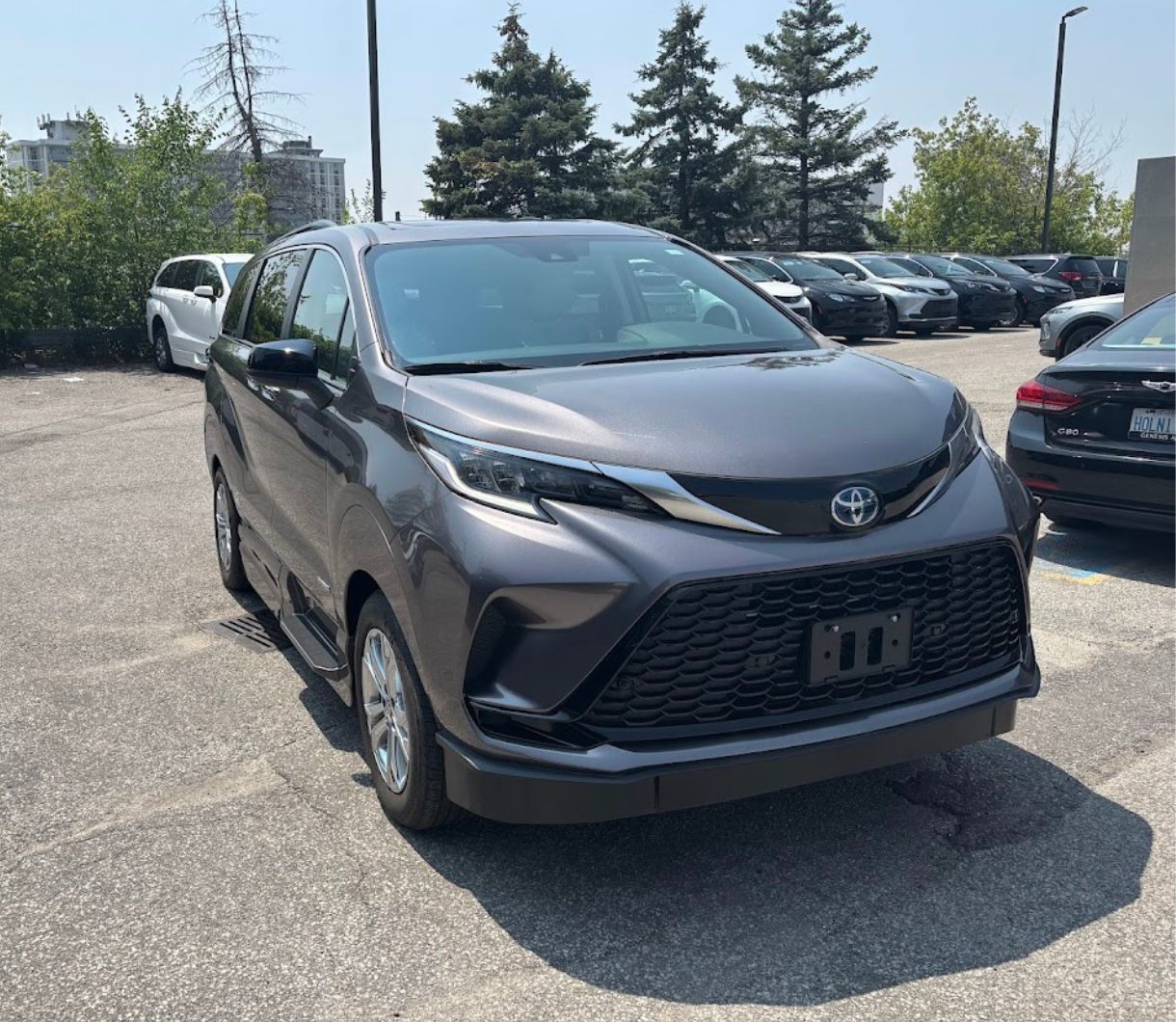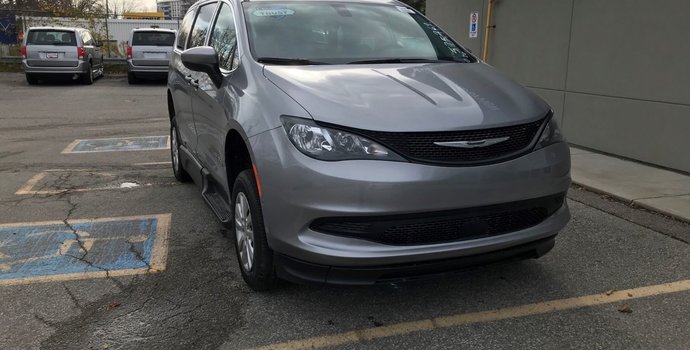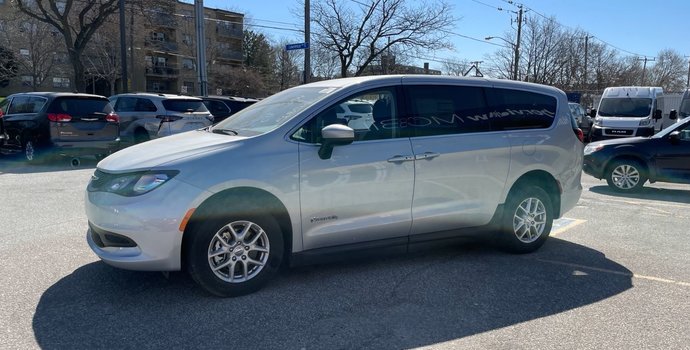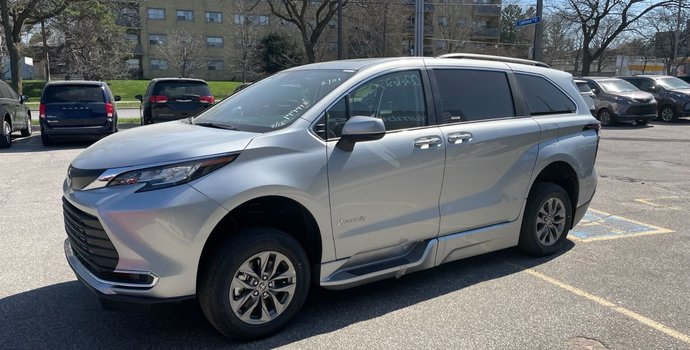Vehicle conversions like wheelchair lifts and mobility equipment can be updated, modified, or removed after installation. The process complexity depends on the type and extent of the original conversion work.
Many families worry that mobility modifications permanently alter their vehicle. Understanding the flexibility available helps with both short-term adjustments and long-term planning.
Types of Conversion Modifications Available
Minor Equipment Updates
Simple bolt-on equipment like wheelchair lifts, hand controls, and removable seating modifications can be updated relatively easily. These components typically connect through standard mounting points and electrical connections that allow for straightforward removal or replacement.
Talk to Our Mobility Specialist
Have Questions? Connect with Our Mobility Specialist Today for Personalized Assistance and Expert Guidance!
Shop Now
Component Upgrades
Existing mobility equipment can often be upgraded with newer technology or different features. Lift systems may receive software updates, improved controls, or enhanced safety features without replacing the entire system.
Removal Process and Considerations
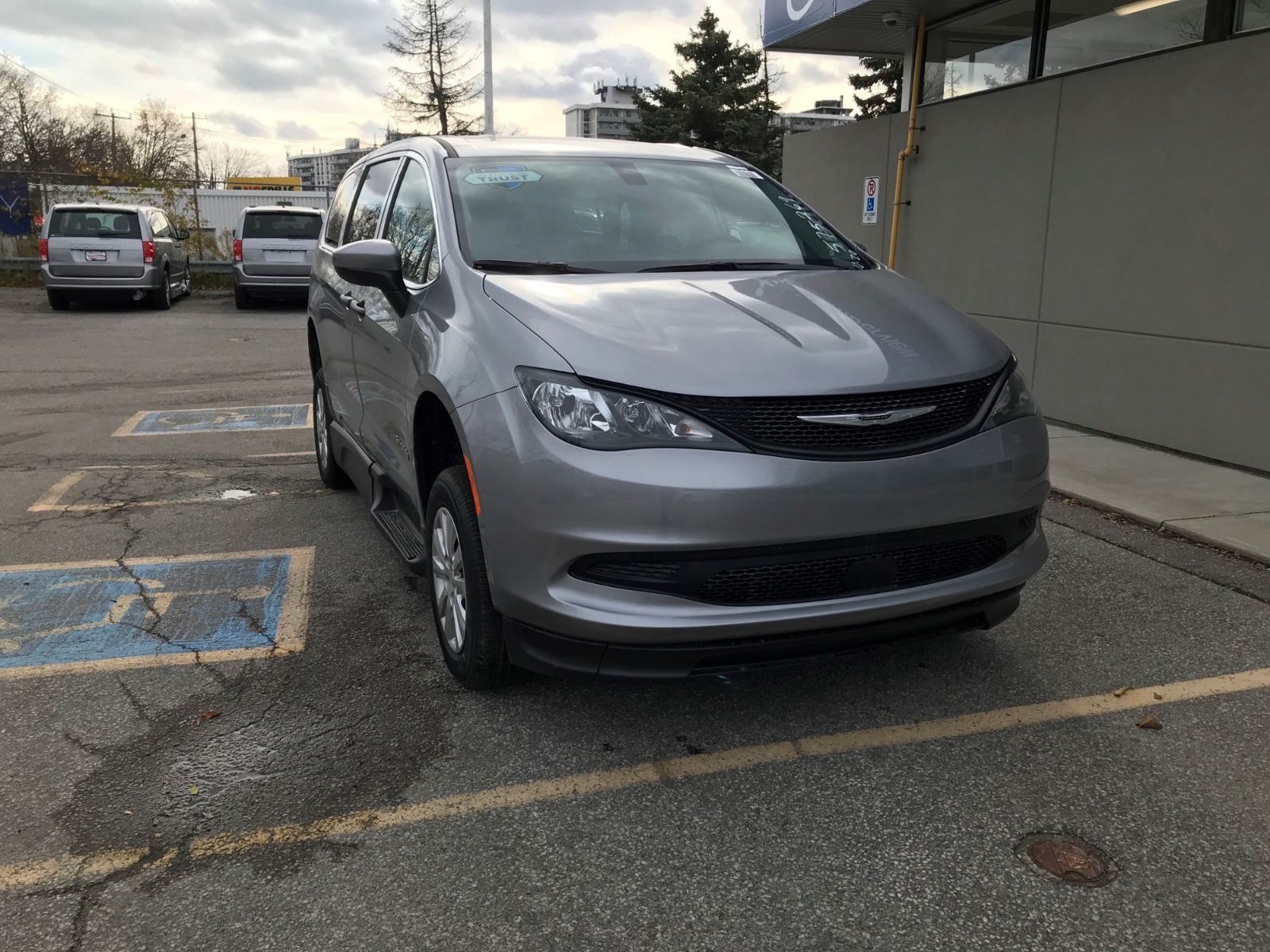
Equipment Removal Steps
Removing wheelchair lifts involves unbolting the equipment from inside the van and sometimes from underneath the vehicle. Technicians disconnect electrical wiring and, when applicable, hydraulic or mechanical lines. Associated hardware, paneling, and interior components must also be addressed.
Professional removal ensures safety compliance and prevents damage to the base vehicle. Certified mobility dealers have the tools and expertise to complete removals properly.
Interior Restoration
Many conversions involve removing original seats and interior panels, lowering floors, and adding custom components. Some original parts, particularly driver and front passenger seats in side-entry conversions, are designed for removal and reinstallation.
Returning the vehicle to factory condition requires restoring floors, replacing panels, and reinstalling original seating where possible. This process can be labor-intensive and costly depending on the extent of modifications.
Equipment Reuse and Transfer Options
Moving Equipment Between Vehicles
Mobility equipment can sometimes be transferred to another vehicle when properly refurbished and recertified for safety. This option helps preserve the investment in specialized equipment when changing base vehicles. Please, be advised that additional costs may be encurred during the transfer. It is always a good idea to consult a mobility specialists before purchasing your new vehicle.
Safety Recertification Requirements
All transferred equipment must meet current safety standards and undergo professional inspection before reuse. This ensures continued compliance with accessibility and automotive safety regulations.
Cost Factors for Updates and Removal
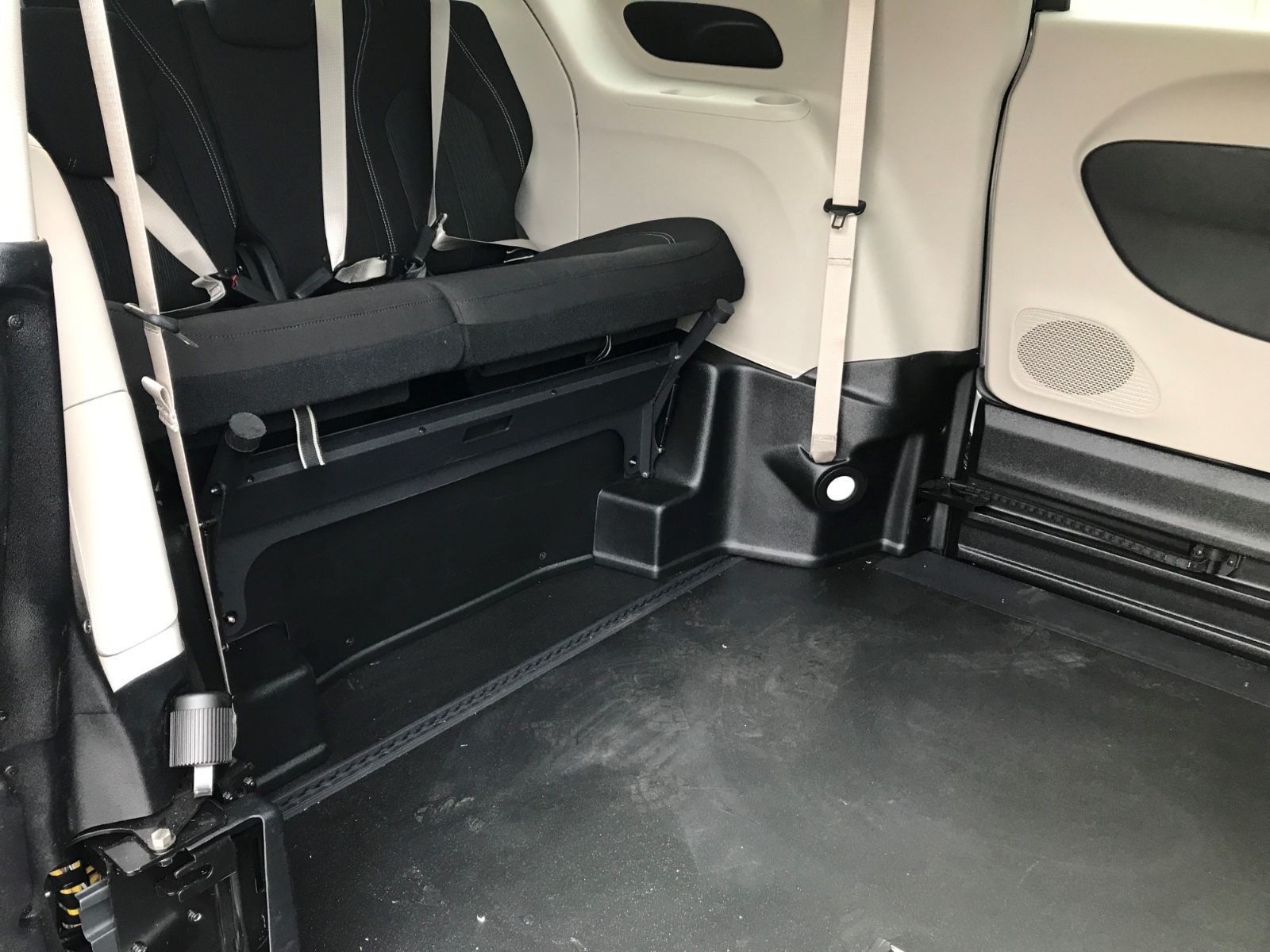
|
Modification Type
|
Complexity Level
|
Typical Considerations
|
|
Minor equipment updates
|
Low
|
Simple swap of comparable components
|
|
Component upgrades
|
Moderate
|
Compatibility checks and possible wiring updates
|
|
System transfers
|
Variable
|
Equipment inspection and vehicle compatibility
|
Budget Planning
Simple equipment swaps or upgrades typically cost less than complete removals. Major restoration work to return vehicles to factory condition represents the highest expense category due to the extensive labor and parts required.
Resale Value Impact
Professionally completed conversions generally maintain better resale value than vehicles with removed modifications. Complete restoration to factory condition may not recover the full investment in removal costs.
Professional vs. DIY Considerations
When Professional Service is Required
Structural modifications, electrical systems, and safety-critical components require professional handling. Certified mobility dealers understand compliance requirements and proper procedures for modifications and removals.
Limited DIY Options
Basic hardware removal might be possible for mechanically experienced individuals, but safety considerations make professional service the recommended approach for most conversion work.
Planning for Future Changes
Conversion Design Flexibility
Some conversions incorporate removable components that allow for easier future modifications. Discussing long-term needs during initial installation can reduce complexity for later changes.
Vehicle Selection Impact
Base vehicle choice affects modification flexibility. Some platforms accommodate multiple conversion types more easily than others, providing options for future changes.
Timing and Scheduling Considerations
Conversion updates and removals require scheduling with certified mobility dealers. Planning ahead ensures availability of proper equipment and minimizes vehicle downtime during modification work.
Complex removals or major updates may take several days or weeks depending on parts availability and restoration requirements.
For families in Burlington and surrounding Ontario areas exploring conversion options or modifications, Courtland Mobility's certified specialists provide comprehensive consultations to help you select the most flexible mobility solutions that can grow and adapt with your changing needs.

